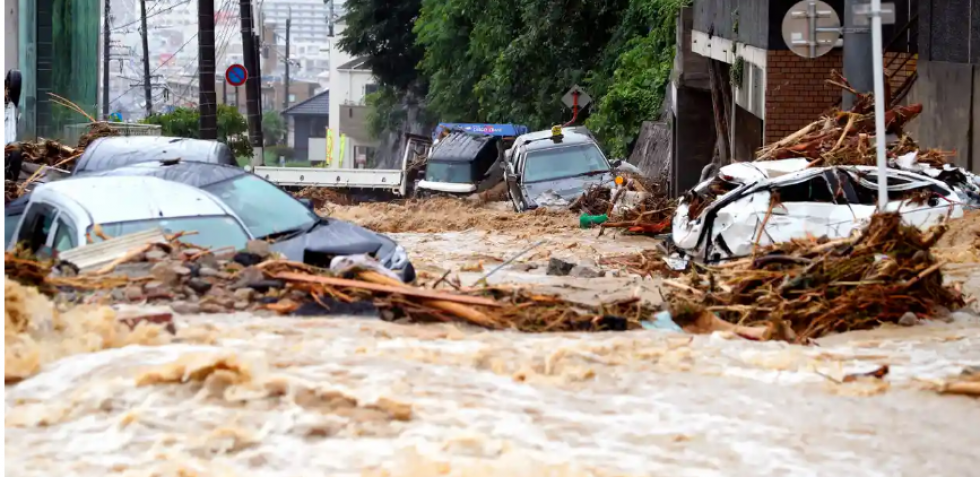
The TMAPP Planners Toolbox:
Transport/Mobility/Access/ Proximity/’Presence’
To take full advantage of the fundamental structural differences between Old and New Mobility, it can help to reflect on the five necessary different steps of analysis and action suggested by the expression TMAPP – which sets out five alternative views or ways of bridging space, which of course is what transportation is supposed to be all about. These are the essential building blocks of a full-function sustainable transport plan for your city. If you have not integrated the best of each of these essential steps into your plan, it is time for a bit of continuing education.
Back in the salad days of transport planning and policy in the long ago last century, and in many parts of the world still today, transportation planning was mainly thought to be a consideration of infrastructure and civil engineering. But this can no longer be the case in this new and very different century, where instead of concentrating on physical resources and infrastructure, we need to learn to look at the issues simultaneously from the following five quite different perspectives, each of which indispensable elements of a well-working space=spanning global plan.
1 TRANSPORT/TRANSPORTATION:
Transportation is the essential base, infrastructure for movement. It is not a goal. It is, or can be, eventually a facilitator of the economy and well-being. Refers in the main to felt or anticipated needs for and ways of physically connecting disparate points in space. Enabling the flow of people or objects from one place to another. Bridging space – in different ways. An entirely physical concept. Refers to infrastructure, vehicles and operations that facilitate movement). From Latin transportare: to carry (portare) and across (trans).”
2 MOBILITY:
Mobility is a means for people and groups. Think of it as the human or flip side of transportation. The quality of being mobile. Agility. Pliancy. Versatility. Ease of movement. “Transportation” a priori is not a goal for people. . . but adequate mobility is. (From the Latin mobilitas.)
3 ACCESS:
Access is the end goal of transport and what mobility are all about. We want access to (your personal shopping list here) in order to obtain, to approach directly, to enter into direct contact with the place, person, service or thing that we are looking for. The reason that mobility is so important, is that it permits human beings to obtain access to what they want. (From the Latin accedere: To reach, approach; to agree.)
4 PROXIMITY:
Spatial organization. Nearness, closeness, contiguous in time, space, or relationship. Proximity (or propinquity) is the flip side of transportation, and gains its stars because when introduced into the process of analysis, planning and policy can extensively reduce the need for unnecessary movements of people and objects, with all the costs in terms of resources, pollution and human impacts. A good “strategic transport master plan” worthy of its name will be carried out in consort with city, settlement, location and land use policy. As the sustainable transport movement advances, the goal of studiously and effective optimizing proximity, nearness, because a key element of the overall policy package: (From the Latin proximus, meaning “nearest” or “next”.
5 ‘PRESENCE’:
As if it were. Via technology to (somehow) be in that place. The part of space now within one’s immediate communications radius. An important subset of transportation/mobility/access/proximity policy has to do with obtaining full “presence” in that space, while at the same time limiting physical movements. Twenty-first century technology is helping in this in many important ways. Telework, telecommuting, telemedicine, telediagnosis, tele-education, e-government, and a fast-growing universe of accessing and processing techniques which substitute more of less directly for physical movements. (From Latin commūnicāre, meaning “to share” – and from the Greek tele-, combining form of tele “far off, afar, at or to a distance,” related to teleos (genitive telos) “end, goal, result, consummation, perfection.”)
CONCLUSION:
If you have not carefully studied and integrated all of these goals, objectives and tools into your city’s “21st century integrated transportation master plan”, then you are simply not up to the job. Time to go back again and take it from the beginning.
# # #
For a deeper look into these important foundation issues, click to John Whitelegg on Time (and space) Pollution -at https://worldstreets.wordpress.com/2014/11/09/op-ed-man-technology-speed-distance-destruction-of-proximity/
Author:
Eric Britton
13, rue Pasteur. Courbevoie 92400 France
Bio: Founding editor of World Streets (1988), Eric Britton is an American political scientist, teacher, occasional consultant, and sustainability activist who has observed, learned, taught and worked on missions and advisory assignments on all continents. In the autumn of 2019, he committed his remaining life work to the challenges of aggressively countering climate change and specifically greenhouse gas emissions emanating from the mobility sector. He is not worried about running out of work. Further background and updates: @ericbritton | http://bit.ly/2Ti8LsX | #fekbritton | https://twitter.com/ericbritton | and | https://www.linkedin.com/in/ericbritton/ Contact: climate@newmobility.org) | +336 508 80787 (Also WhatApp) | Skype: newmobility.)
